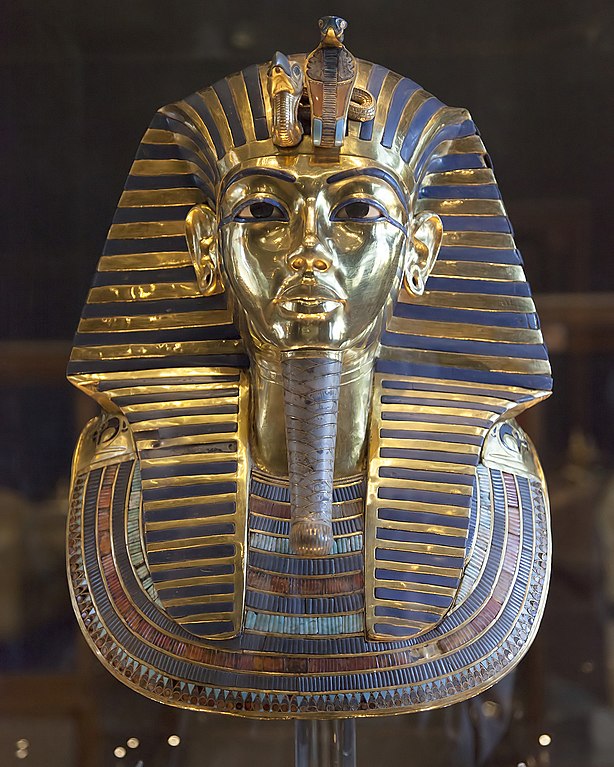
Image: Roland Unger (Wikimedia)
On 4 November 1922, British archaeologist Howard Carter found steps near the entrance of King Ramses IV in the Valley of the Kings. By this time many of the ancient Egyptian tombs had been discovered but not the little-known King Tutankhamen, who died at age 18. The discovery of the steps would lead Carter and his fellow archaeologist Lord Carnarvon to enter the interior chambers of the tomb finding them intact. It would start a large excavation process in which Carter explored the four-room tomb over several years and cataloguing its contents. The best known was a stone sarcophagus containing three coffins nested within each other. Inside the final coffin (made of solid gold), was Tutankhamen’s mummy preserved for over 3,000 years. Since many royal tombs had been looted in the past, finding an intact tomb and its mummy was a rare archaeological find. The Cairo Museum houses the treasures from the tomb.
Sources:
Sullivan, Missy. “Entrance to King Tut’s Tomb Discovered.” HISTORY, November 3, 2024. https://www.history.com/this-day-in-history/entrance-to-king-tuts-tomb-discovered.
Dorman, Peter F. “Tutankhamun | Biography, Tomb, Mummy, Mask, & Facts.” Encyclopedia Britannica. Last modified October 20, 2024. https://www.britannica.com/biography/Tutankhamun.
Suggested Reading
Hawass, Zahi. King Tutankhamun: The Treasures of the Tomb. National Geographic Books, 2018.
Reeves, Nicholas. The Complete Tutankhamun: The king, the tomb, the royal treasure, 1990.
Titanic News Channel is a participant in the Amazon Services LLC Associates Program, an affiliate advertising program designed to provide a means for sites to earn advertising fees by advertising and linking to Amazon.com.
